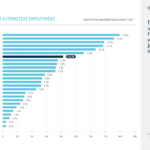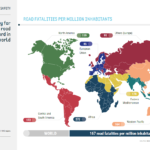The U.S. personal savings rate has been going up since last year and in the second quarter of this year reached nearly 5% of disposable personal income.But how about Government and Corporate Savings?.
The interesting chart below shows historical savings for Corporate, Government and Personal Saving from 1940 thru 2008:
Source: (1) Includes individuals (including proprietors and partnerships), nonprofit institutions primarily serving individuals, life insurance carriers and miscellaneous entities.
U.S. Department of Commerce, Bureau of Economic Analysis.
Some take-aways from this chart:
1. Overall gross national saving rose in late 90s primarily due to government savings at all levels
2. Between 2000 and 2008, in most of the years total gross saving fell.
3. From 2002, the government saving fell due to rising personal income tax refunds and government expenditures including many social entitlement programs.
4. In 2008, government spending was $605B more than the revenue received. This increased the public debt. In comparison, this amount was$219B in 2007.
5. Personal Saving rose from $47.8B in 2007 to $192.7B in 2008. But it still well below the $299B reached in 1990.
6. From late 70s, corporate saving has been increasing year after year almost consistently relative to personal saving.Companies like Exoon Mobil (XO), Microfot (MSFT), Dell (DELL) hold billions in cash.
7. The plunge in government saving turned negative during the consumer-driven economic growth since 2000. In 2008,
8.After falling to nearly zero in 2005, personal saving is slowly rising again.



